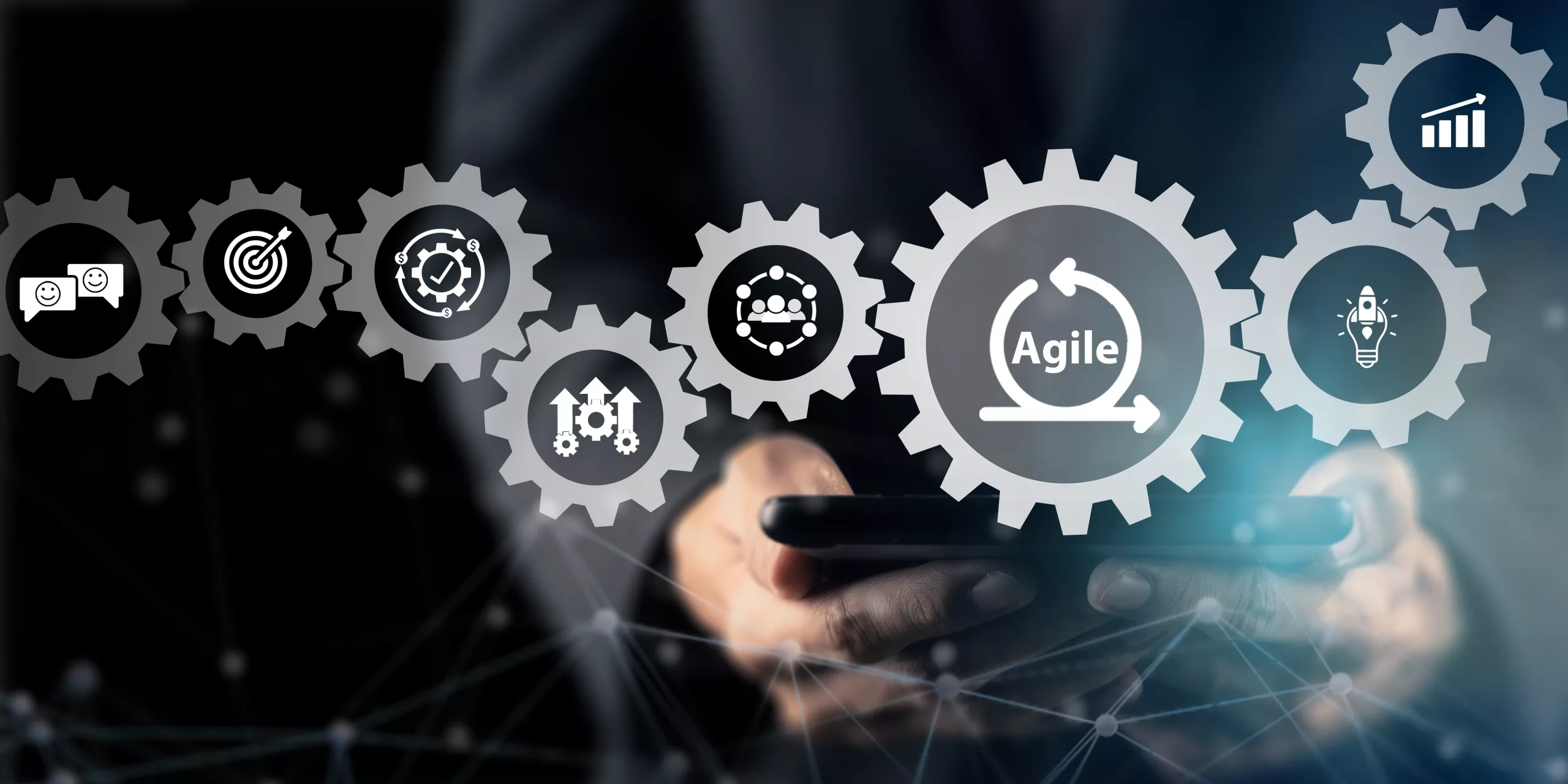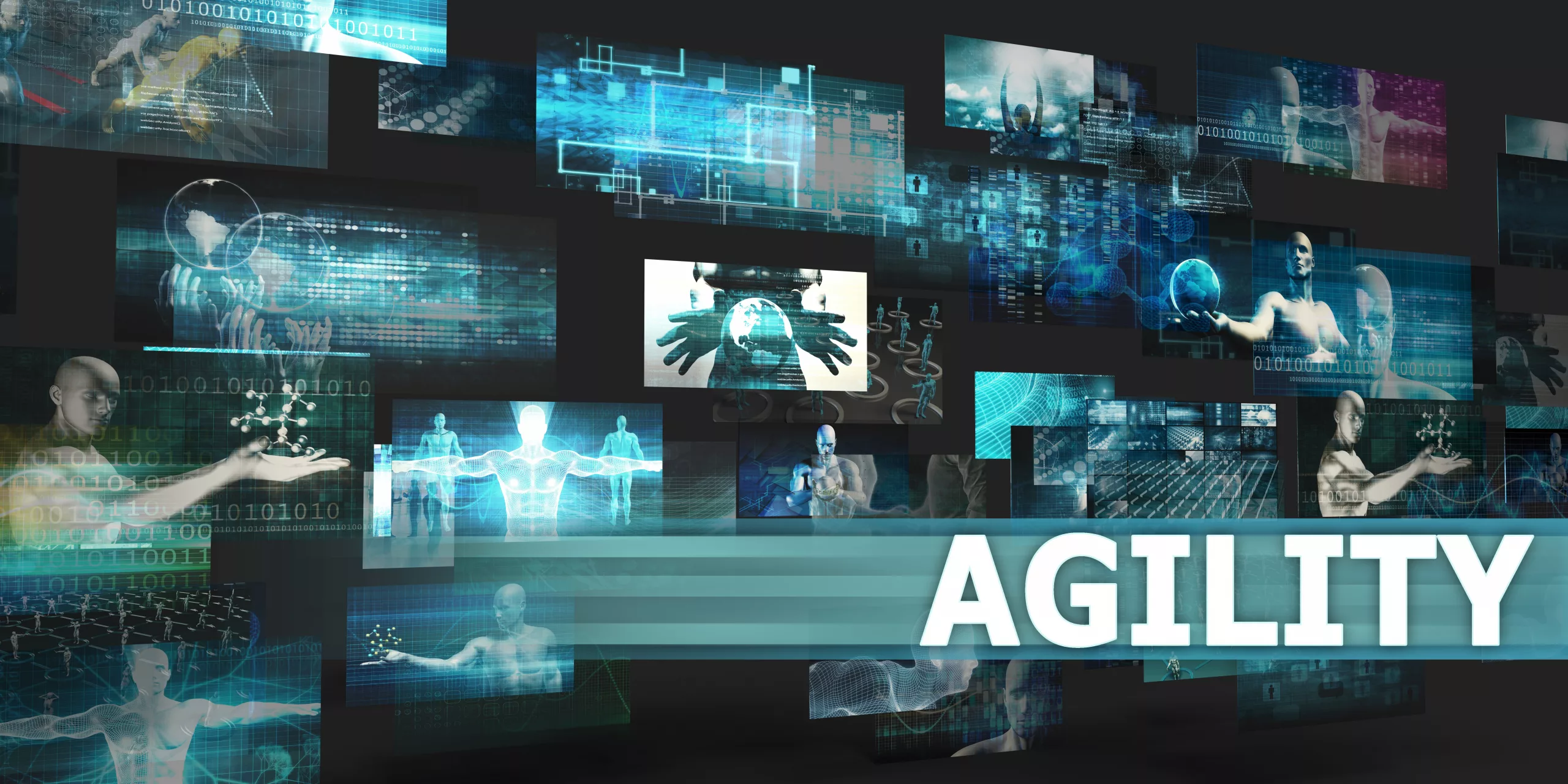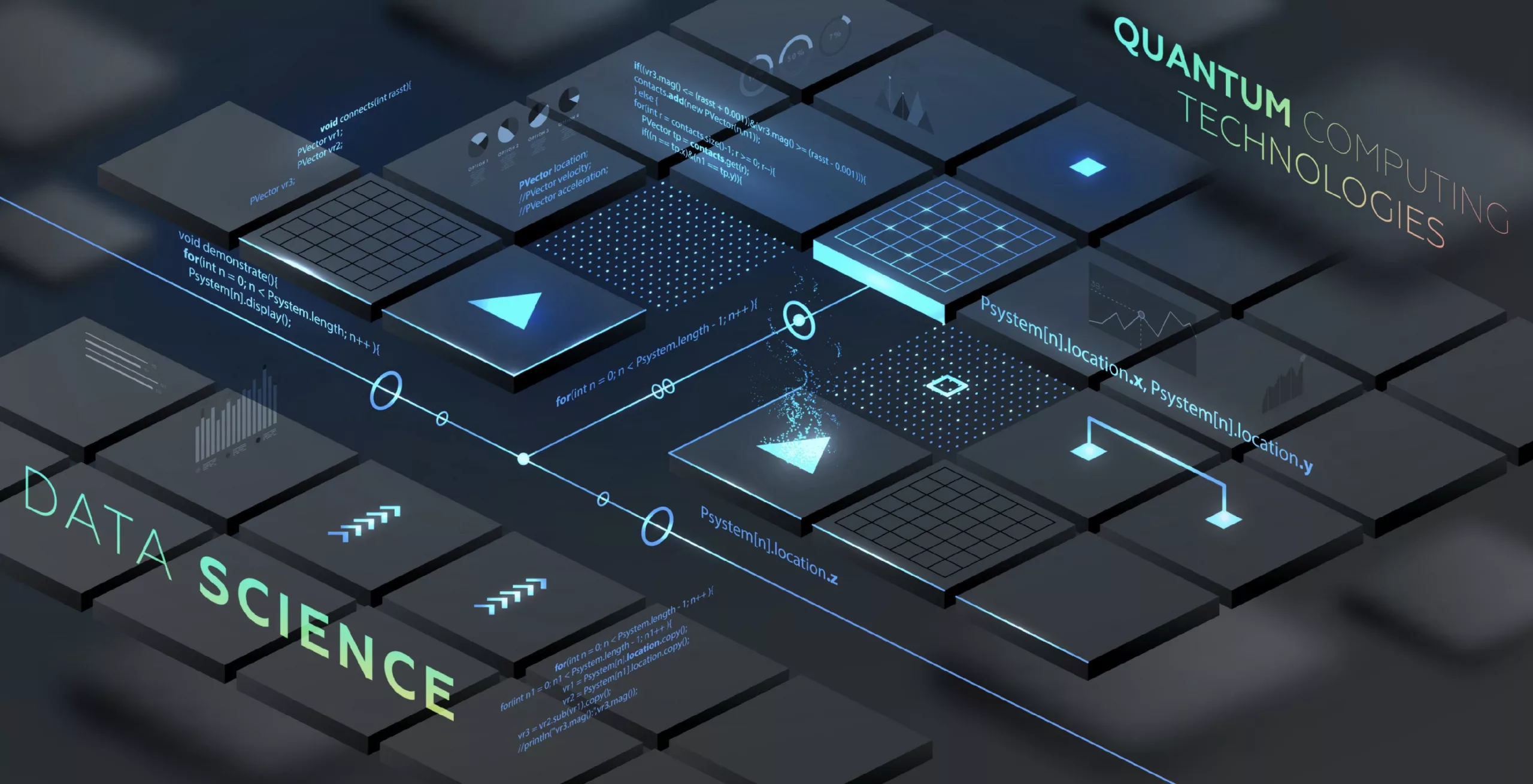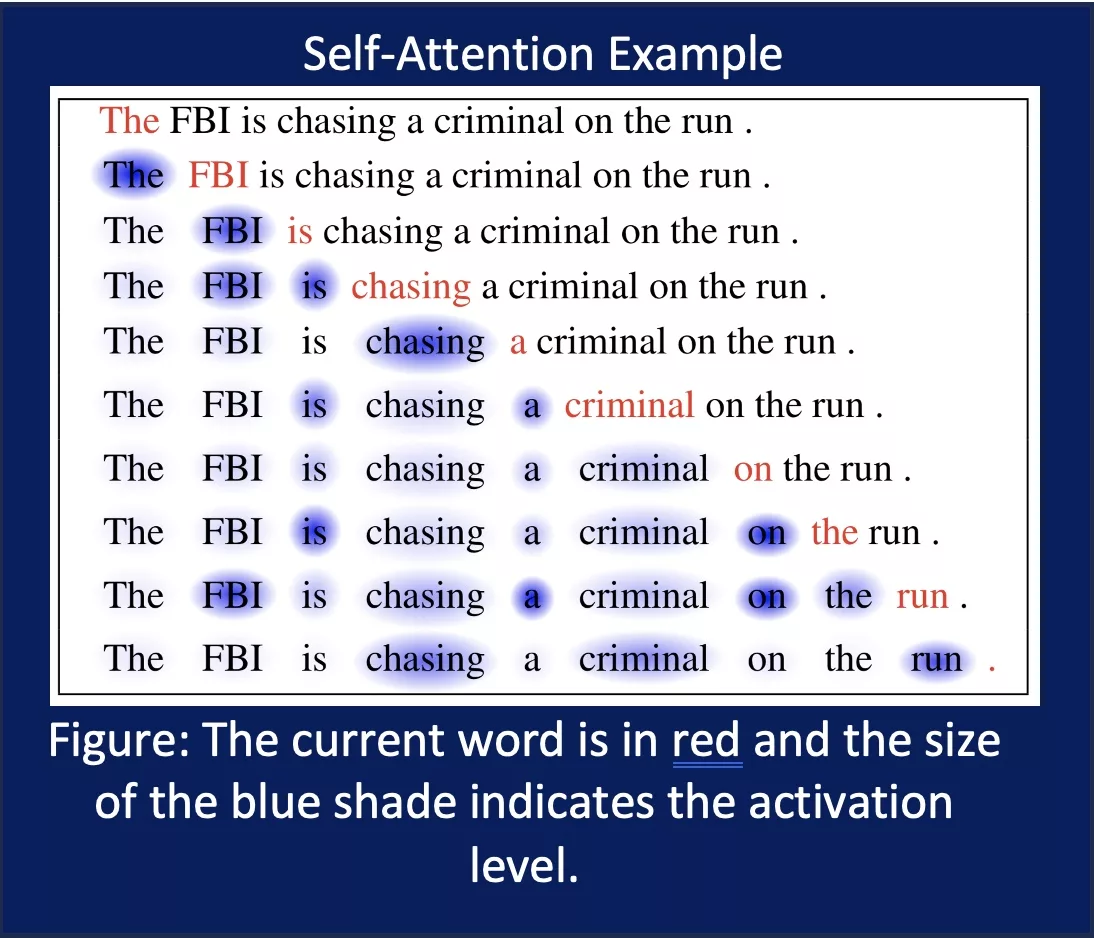
How Vigilant is Creating Business Agility for our Client-Partners
How Vigilant Creates Business Agility:
Oracle provides a comprehensive suite of integrated applications that empower organizations with the tools they need to streamline processes, make data-driven decisions, and adapt quickly to changing business conditions. Here are some ways in which Vigilant fosters business agility:
- Real-time Data and Insights: Vigilant offers real-time visibility into various aspects of the organization, such as financials, supply chain, sales, and customer data. This real-time access to data enables businesses to make informed decisions quickly, respond promptly to market changes, and seize new opportunities.
- Centralized Data Management: With Vigilant Reporting Solutions, data from different departments and business units is centralized into a single platform. This integration eliminates data silos and enhances collaboration across the organization, ensuring that decision-makers have access to comprehensive and accurate information.
- Flexible and Scalable Architecture: Vigilant Application and Infrastructure teams implement, configure, and maximize Oracle systems to be flexible and scalable, accommodating the changing needs of growing organizations. As businesses evolve and expand, Vigilant can evolve and adapt Oracle to support new processes, additional users, and changing requirements, allowing organizations to remain agile in the face of growth.
- Process Automation: Vigilant Automation Solutions automates various manual and repetitive tasks, reducing human error and freeing up valuable employee time. Automation streamlines processes and enables teams to focus on strategic initiatives, fostering agility and efficiency.
- Adaptive Planning and Budgeting: Vigilant works with clients to maximize Oracle ERP’s financial management capabilities support agile budgeting and planning. Organizations can create multiple scenarios, perform real-time forecasting, and adjust plans based on changing business conditions, ensuring financial resilience and adaptability.
- Supply Chain Optimization: Vigilant works with manufacturing clients to unlock the power of Oracle ERP and the included supply chain management modules that optimize inventory, procurement, and production processes. These functionalities allow businesses to respond swiftly to changes in demand, supply disruptions, or shifts in customer preferences, maintaining a resilient supply chain.
- Customer-Centric Approach: Vigilant works with our clients to support being customer-centric by unlocking insights into customer data and preferences. This data-driven approach helps organizations tailor products and services to meet customer needs, enhancing customer satisfaction and loyalty.
- Continuous Improvement: Vigilant supports clients by leveraging Oracle’s analytics and reporting capabilities, or developing custom solutions, that allow organizations to measure performance and identify areas for improvement. By analyzing data and key performance indicators (KPIs), businesses can implement iterative improvements, continuously enhancing their agility and overall effectiveness.
- Mobility and Cloud Capabilities: Vigilant helps support our client’s need for improved mobility and cloud-based deployment options that enable employees to access critical data and applications from anywhere, at any time. This flexibility empowers remote and distributed teams to collaborate effectively and make informed decisions even when not physically present at the office.
- Regulatory Compliance and Risk Management: Vigilant helps businesses stay compliant with regulatory requirements and mitigate risks effectively. By integrating compliance measures and risk management functionalities, organizations can respond promptly to changing compliance standards and potential threats.
Vigilant’s Capabilities
Vigilant is the preferred Oracle partner in North America with the experience and capabilities to comprehensively support Oracle products from implementation to support. We complement our Oracle expertise with additional competencies to support infrastructure, custom development, integrations, reporting, automation, and much more to establish, support, and maintain efficient and effective organizations.
Vigilant isn’t like other professional services firms that have restrictions to solutions that are limited only to the engaged practice areas. We work across practice areas to ensure our solutions are right for our client-partners and maximize the impact of results. Our transformation solutions create a sea-change in an organization, because we target root causes and give experience-based solutions that create business agility.
We operate in the following areas:
- Oracle Applications, Infrastructure, Database, Compliance, License Audit, and Consulting Professional Services.
- Cloud Networking and Infrastructure in Oracle, Azure, AWS, and Google
- Microsoft SharePoint and Azure Services
- Process Optimization and Automation
- Data Analytics and Reporting
- Managed Support Services
- Talent-as-a-Service
Conclusion
Vigilant plays a crucial role in creating business agility by providing organizations with real-time data, process automation, flexibility, and scalability. We leverage Oracle and peripheral technologies to enable seamless collaboration and data-driven decision-making, empowering organizations to adapt swiftly to market changes, drive innovation, and achieve long-term success in a dynamic business environment.




